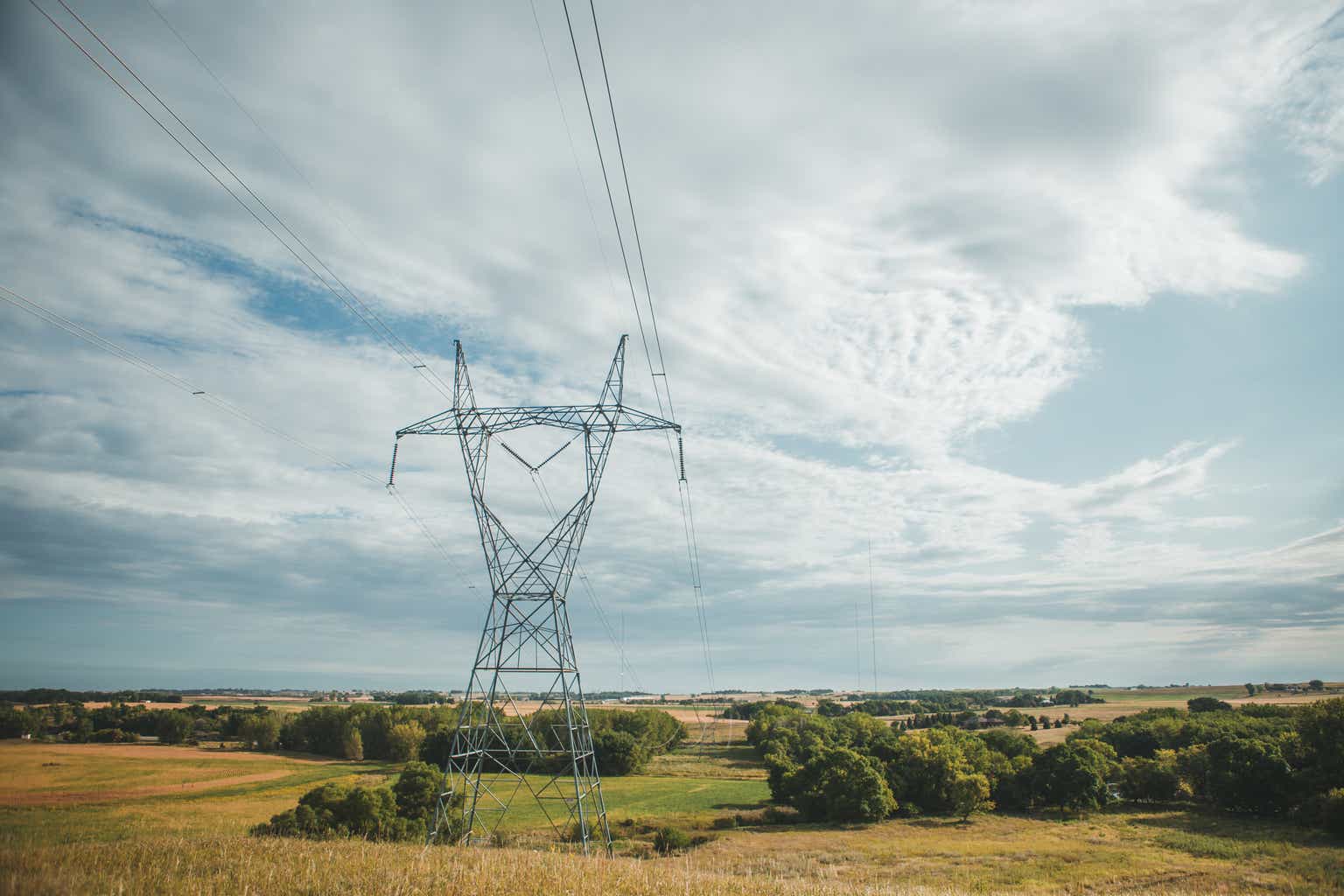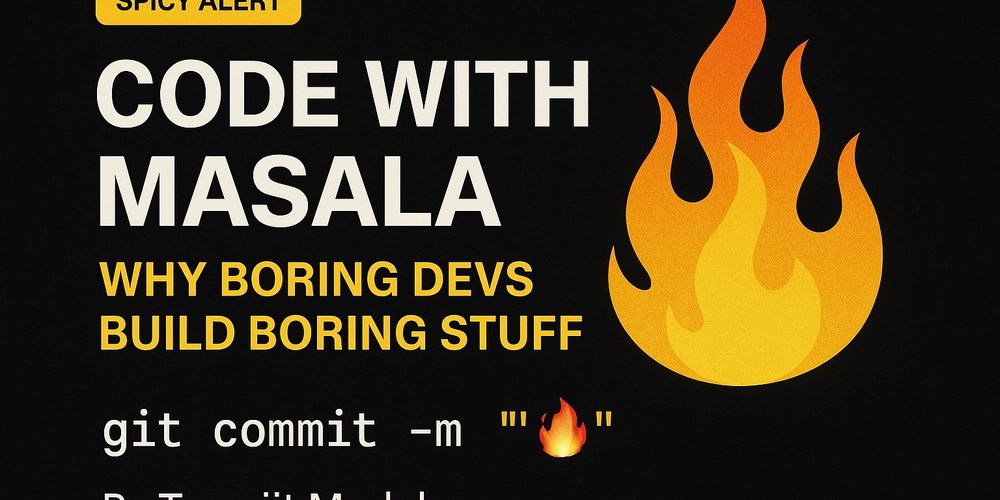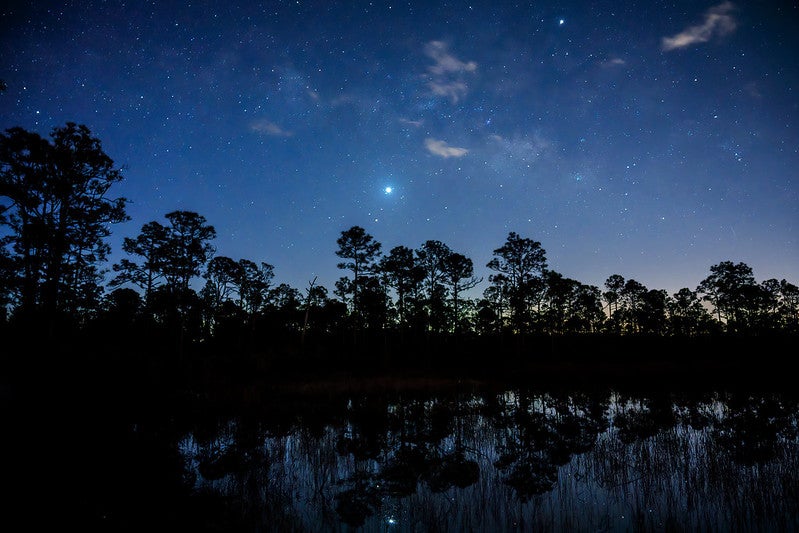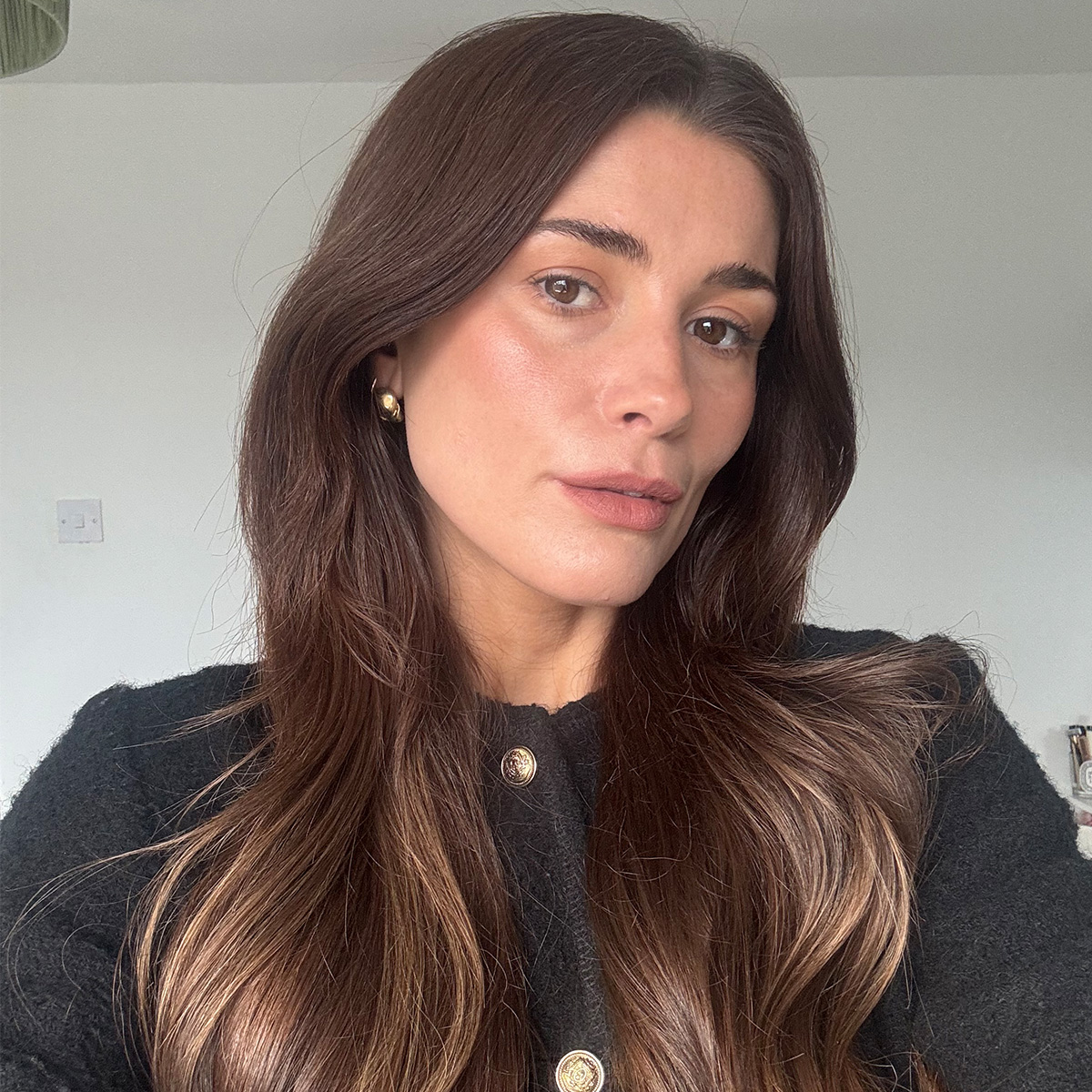Ten "brutal yet deeply rooted" Mexican houses photographed by Edmund Sumner
Following the release of his book Casa Mexicana, British photographer Edmund Sumner has selected ten contemporary Mexican houses that encapsulate the country's contemporary design ethos, derived from more than a decade of Sumner's photography. Published by Thames & Hudson and written by author Jonathan Bell, Casa Mexicana features photography of 26 total houses by designers The post Ten "brutal yet deeply rooted" Mexican houses photographed by Edmund Sumner appeared first on Dezeen.


Following the release of his book Casa Mexicana, British photographer Edmund Sumner has selected ten contemporary Mexican houses that encapsulate the country's contemporary design ethos, derived from more than a decade of Sumner's photography.
Published by Thames & Hudson and written by author Jonathan Bell, Casa Mexicana features photography of 26 total houses by designers such as Tadao Ando, Ludwig Godefroy and Taller Hector Barroso, captured by Sumner over 12 years throughout Mexico.
"It's never an easy task narrowing down a country's architectural identity to just ten examples, especially in a place as vast, layered and architecturally audacious as Mexico," Sumner told Dezeen. "But certain homes stay with you."

"These ten homes weren't chosen for being loud or lavish. Quite the opposite. They're unflashy, sometimes even brutal, yet deeply rooted in their contexts: embedded in jungle, perched over sea, or seemingly dug from volcanic soil."
Sumner noted two main qualities that differentiate Mexican residential architecture from elsewhere: the clients and a general reverence for traditional craft blended with contemporary elements.
"What sets Mexican residential architecture apart isn't simply the architecture – it's the culture that commissions it," he said. "There's a kind of client here that's hard to find elsewhere: culturally fluent, deeply engaged, and unafraid of imperfection."
"What draws me back, time and again, is that duality: a deep reverence for tradition, folded seamlessly into something entirely forward-looking. It's what I’ve come to think of as a 'primal future' – a mode of architecture rooted in the past but reaching for the future."
Read on for ten projects with commentary from Sumner about why they stuck with him.

Plantel Matilde, Merida, by Arcadio Marín
"Calling Plantel Matilde a 'house' feels like a bit of an undersell. Conceived by sculptor Javier Marín, this sprawling retreat near Mérida is less domestic dwelling, more inhabitable installation-equal parts monastery, museum, and Mayan observatory.
"Designed as a sanctuary for artists, the project reflects Marín's own sculptural language writ large: bold, blocky, and unapologetically monumental. Set in a clearing carved out of the Yucatán jungle, the structure rises like a concrete temple, its colonnades and courtyards arranged with near-religious precision.
"From above, it reads like land art; on foot, the sheer scale is disorienting – something that proved notoriously hard to capture, even over multiple shoots between 2019 and 2022."
Find out more about Plantel Matilde ›

Casa Reyes, Mexico City, by Pedro Reyes and Carla Fernandez
"Few homes wear their creative credentials quite so boldly as the house and studio of artist Pedro Reyes and fashion designer Carla Fernández. Tucked into the leafy sprawl of Mexico City's Coyoacán district, Casa Reyes is part Brutalist bunker, part art manifesto – a living, breathing experiment in how architecture can absorb the lives and ideas of its inhabitants.
"Designed by the duo themselves, the compound is made of raw concrete and bold colours, with spaces that feel more sculpted than built. There's a stone bath sunk like a prehistoric relic, a towering library stacked with concrete shelving, and staircases spiralling with a sculptural flourish.
"If the place has the bones of a 1960s megastructure, it's softened by shafts of sunlight, leafy planters, and the couple's unmistakable creative imprint."
Find out more about Casa Reyes ›

Casa 720, Valle de Bravo, by Fernanda Canales
"At first glance, you might miss Casa 720 entirely. Despite its sprawling footprint, this house in the Mexican countryside seems to fold itself into the landscape, as if playing a careful game of architectural hide and seek. Named after the time it took to complete – two full orbits around the sun – it's a project rooted in patience, precision, and deep respect for place.
"There's grandeur here, but never at the expense of comfort. The house balances drama and discretion: open-air moments that feel operatic, tucked beside spaces of domestic retreat.
"It's both stage set and sanctuary, a reminder that architectural theatre needn't be loud to be unforgettable."

Casa Naila, Puerto Escondido, by BAAQ' Taller de proyectos
"Perched on the Oaxacan shoreline like a scatter of driftwood cabins, Casa Naila might look like a simple cluster of beach huts at first glance, but its design is anything but casual; detail is deliberate and refined.
"Named after Naila, the haunting ballad sung by Lila Downs, the house hums with a similar sense of place – anchored in memory, tuned to its landscape, and textured with local materiality.
"For the camera, it's ideal subject matter: raw textures, precise forms, and a dialogue between built and unbuilt that shifts with the light. Casa Naila doesn't shout; it listens – and the result is quietly profound."
Find out more about Casa Naila ›

Casa Katrina, Valle de Bravo, by Taller Hector Barroso
"If Mexican architecture has a signature move, it's this: making the most of what's already underfoot. Nowhere is that more evident than at Casa Katrina, where the line between building and landscape isn't just blurred – it's compressed, compacted, and quietly monumental.
"Set against the raw textures of the volcanic terrain, the house is formed from the very earth it rests on. Rammed earth walls rise directly from the site, pigmented by the local soil, while volcanic stone grounds the structure in both form and folklore.
"It's not just a house on the land, but of it – a geological extension shaped for living."

House by a Glen, Morelia, by HW Studio
"In a world constantly online, HW Studio's hilltop hideaway offers something far more radical than good design: silence. No phone signal. No Wi-Fi. No television. Just a stillness so complete it almost hums.
"At its heart is a moment of pure spatial theatre: a compressed, near-monastic hallway, leading into the home with a single tree at its centre. Part pause, part prompt, it invites reflection before you even reach the living spaces.
"There are no showy gestures here, no glossy finishes or grand reveals. Instead, everything is pared back to the point of quiet-designed as much to soothe the nervous system as to shelter the body."
Find out more about House by a Glen ›

Casa SanJe, Mexico City, by Ludwig Godefroy
"In Mexico, where budgets are tight and resourcefulness is a virtue, some of the most compelling architecture doesn't start from scratch – it starts from what's already standing. Casa SanJe, Ludwig Godefroy's family home, is a prime example of this quietly radical approach: a renovation project that transforms an ordinary 1980s house into something bold, elemental and deeply rooted in place.
"Rather than demolish and rebuild, Godefroy chose to work with what he had – scraping back the layers, exposing the bones, and stitching in new volumes of raw concrete, volcanic stone and thick tropical timber.
"The result is part brutalist temple, part tropical retreat: a sequence of geometrically carved spaces that feel both ancient and strangely futuristic."
Find out more about Casa SanJe ›

Casa Narigua, El Jonuco, by P+0 Arquitectura
"Perched in the mountainous outskirts of Monterrey, Casa Narigua is less a house and more a stronghold – a Brutalist retreat carved into the hillside. Completed in 2016, it was one of the earlier commissions in this body of work, and remains a standout example of how sanctuary and solidity can coexist, with style to spare.
"Angular and assertive, the house announces itself in bold concrete volumes that jut from the terrain like geological formations. But this isn't the grey Brutalism of mid-century Europe.
"Here, the concrete is tinted with rich, earthy pigments, lending the structure a warm, distinctly Mexican hue that anchors it to its arid setting."
Find out more about Casa Narigua ›

Casa Terreno, Valle de Bravo, by Fernanda Canales
"Designed as a retreat for herself by herself, architect Fernanda Canales's Casa Terreno is a lesson in restraint. Low-slung and quietly composed, the off-grid holiday home is tucked into the wild landscape outside Mexico City, barely rising above the surrounding brush. It doesn't shout for attention – it hums gently with purpose.
"Photographed at night, the house reveals another side entirely. Pools of warm light seep through perforated brickwork and concrete vaults, transforming it from a minimalist hideaway to something more primal.
"It has the air of a cave – protective, flickering, elemental. Less a weekend getaway, more a return to origins."

Casa Wabi, by Puerto Escondidio, by Tadao Ando Associates
"Ironically, my earliest commissions in Mexico were with the architect best known for turning absence into an art form. First came Casa Monterrey in 2014, then Casa Wabi in 2015 – both for Tadao Ando. The latter, a sprawling artist residency on the coast near Puerto Escondido, has since become something of a pilgrimage site, anchoring a region now bursting with contemporary architectural ambition.
"A collaboration between architect and artist (in this case, Ando and Mexican artist Bosco Sodi), Casa Wabi is a masterclass in controlled contrast: monumental yet modest, raw yet refined, private yet permeable. It's also a place where the camera must do less, not more.
"After all, invisibility, it turns out, is harder to photograph than it looks."
Find out more about Casa Wabi ›
The post Ten "brutal yet deeply rooted" Mexican houses photographed by Edmund Sumner appeared first on Dezeen.









































































